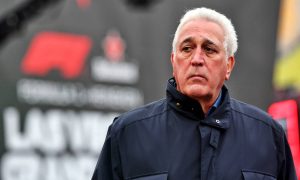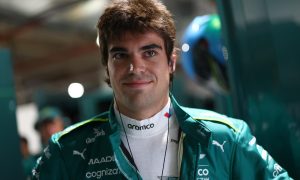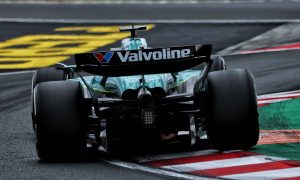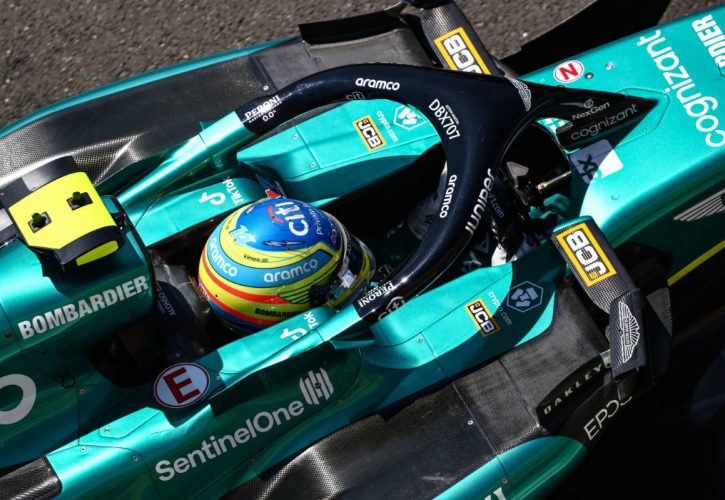
Aston Martin hasn't given up on developing its current car or getting back to the front of the F1 grid in the remaining ten races of the season, according to performance director Tom McCullough.
The team was the sensation of the early races of the year, with Fernando Alonso recording a string of podium finishes and emerging as as the strongest competition to the unassailable Red Bull drivers.
But the squad has gone off the boil in recent races and Alonso hasn't been in the top three since he was runner-up in the Canadian GP in June. He was only ninth in the recent Hungarian GP, but rebounded to take fifth in Belgium.
Going into the summer break, Alonso remains third in the drivers standings - but he's now just one point ahead of Lewis Hamilton who looks poised to take over the position when the season resumes at Zandvoort.
The general view is that Aston hasn't been able to maintain development of the AMR23 and has fallen behind its rivals and Mercedes and McLaren. An FIA clampdown on 'flexi-wings' is thought to be just one setback for them.
But McCullough told fans not to give up hope and to keep watching this space, saying that while other teams are switching their development focus to 2024, Aston had more time and money to spend on this year's car.
"We've been targeting quite strong development throughout the year and we have budget to keep developing the car," he said. "That's our aim.
"At a certain point, you have to fully focus on 2024, but we're in the phase now where we're able to work on both cars," he added. "So we are bringing some steps all the way to the end of the championship, really, as much as we can do.
"Even some of the lessons you learn on '24 you can adapt as well, whether it's in CFD [computational fluid dynamics], wind tunnel, or the mechanical side. So we're just pushing to the end."

McCullough said that continuing to work on the current car would be beneficial to the team in the long term as it helps them understand the weaknesses and how to respond to them in a quick, competitive manner.
"Every time you bring a part to the car, you don't always bring parts that just offset the base level, you're often trading certain characteristics to get an increase in the map that you decided to go for.
"When you actually bring those parts of the car to the track, it's about understanding what they're actually doing on the track relative to your development tools, the wind tunnel and CFD.
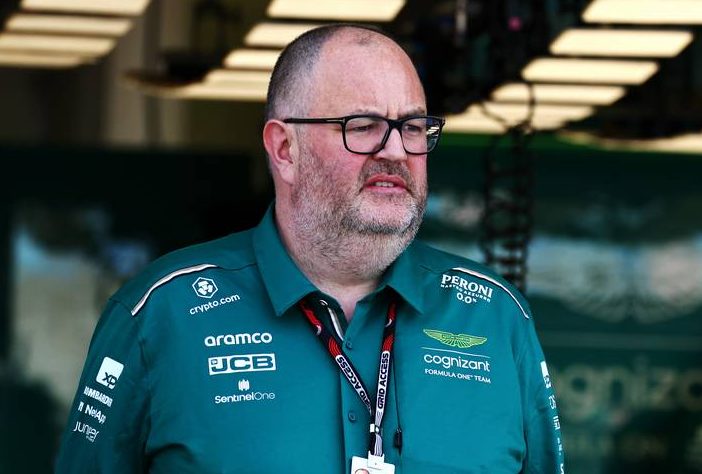
"Certain track characteristics also favour certain things as well," he noted. "We obviously brought the big update package to the car in Montreal and the car was reasonably strong there, fighting strongly with the second-fastest team.
"But the characteristics of that track are a little bit unique compared to some of the ones that we've been to recently," he acknowledged. "Understanding what the car's actually done and what we want to do going forwards is part of the job.
"I think we've understood what we've done to the car," he concluded. "The developments that are coming in the second half of the season are already actually addressing some of the areas we're not as strong in.
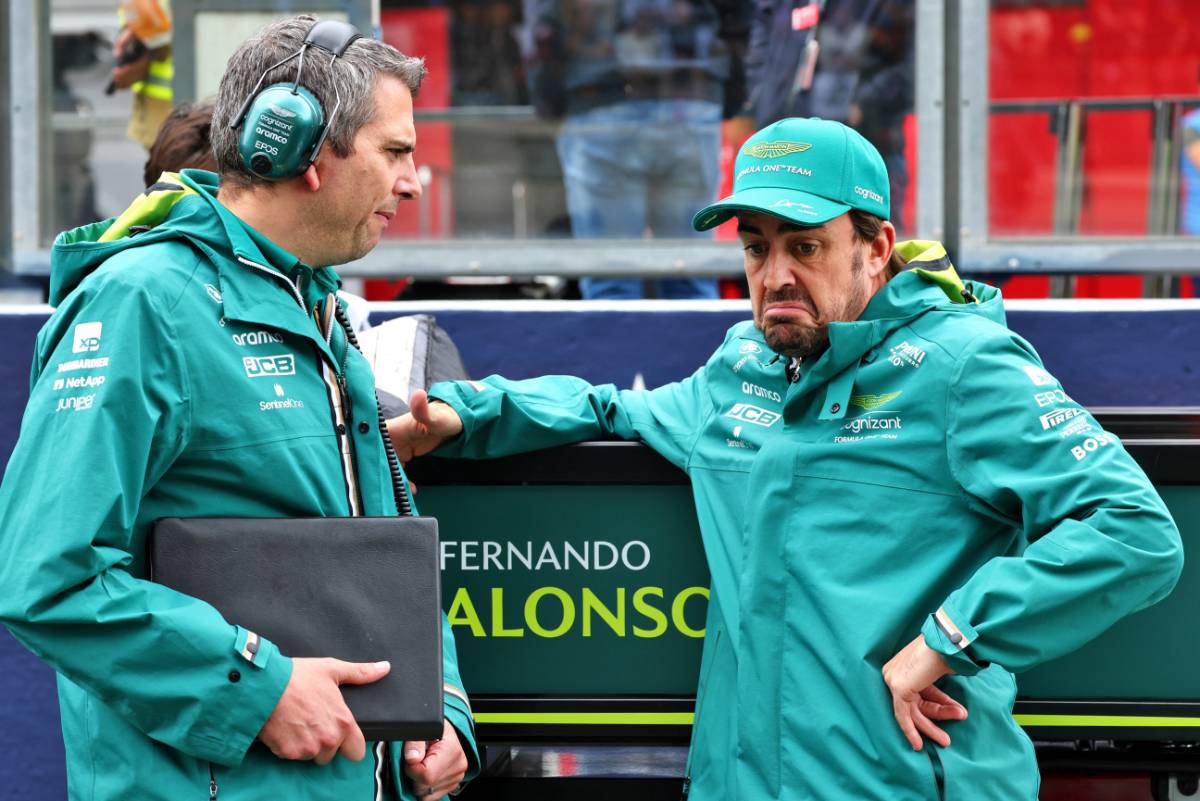
"I think really from Zandvoort onwards, we're going to have some continuous development - as we've done all year."
Keep up to date with all the F1 news via Facebook and Twitter




